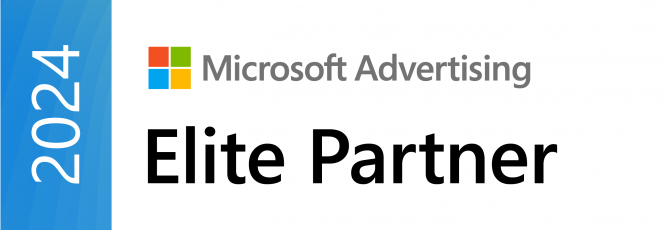
Find out which one to opt for
When you’re looking to advertise services or products or increase your brand awareness, it’s important to invest in the right kind of advertising. Google offers a variety of advertising services, each one possessing its own individual benefits to businesses.
Display Ads and Search Ads are two of the advertising services Google provides, and each of them come with their own unique pros and cons. But how are you meant to decide which one is best for your business?
Display ads mainly consist of image or video advertisements that you can strategically place on a selection of websites that are part of the Google Display Network.
This strategic approach allows you to show specific ads, to specific audiences, at the right place and the right time. This gives you two major options with Display Ads:
Search advertising refers to when a user makes a search query using specific keywords. Google will display search results pages with a mixture of organic and sponsored results.
These ads are typically displayed in text form, with sponsored entries being shown in the first few results on the page, above the organic results. You will know if you are looking at a Search Ad, as it will have a small green “Ad” symbol next to it.
You get three major options with Search Ads:
As with anything, both Display Ads and Search Ads come with a range of pros and cons. We’ve listed some of the major ones below to help you get a better understanding of these forms of advertising and how they may or may not work for your business needs.
Here are some of the key advantages of Display Ads:
To compare, here are the key advantages of Search Ads:
Here are the disadvantages of Display Ads you should be aware of:
Now, here are the disadvantages of Search Ads:
There is evidence proving how successful each of these forms of advertising can be. For example, there is an average conversion rate of 3.75% for search ads.
When it comes to the digital age, we know most people are choosing to browse on-the-go, using their trusty mobile device. Luckily, Display Ads saw a yearly increase of 15% exposure of ads served to mobile devices.
If you are a relatively new business looking to increase brand awareness and build on your online exposure, then Display Ads are an ideal choice for you. For a small cost, you can have a visual advert of your brand on a chosen website, if it is part of the Google Display Network. Display Ads may be particularly effective for a visually appealing brand too, such as clothing or beauty brands who can make striking adverts that will stand out.
If you’re looking to increase your conversion rates, Search Ads may be the best option for you. You can begin with a smaller budget as you get started, then slowly start to increase that budget once more conversions start to come through to your website. Search Ads are ideal for businesses looking to sell services.
Overall, both Display Ads and Search Ads can be adapted to suit a variety of budgets, no matter how limited they may be.
Nowadays, there are plenty of ways to adapt your ads to make them more cost-efficient and better suited to your business budget. From choosing the right channel to using bidding strategies, as well as using the strategy of going local, there are plenty of ways you can get the most out of your PPC budget.
Alternatively, you can get in touch with our expert team today.







© 2024 Diginius Ltd. All rights reserved.

Chester Yang is the Microsoft Program Manager at Diginius with a background in economics and quantitative research.
At Diginius, Chester focuses on nurturing partnerships with PPC agencies and integrating marketing and sales solutions.